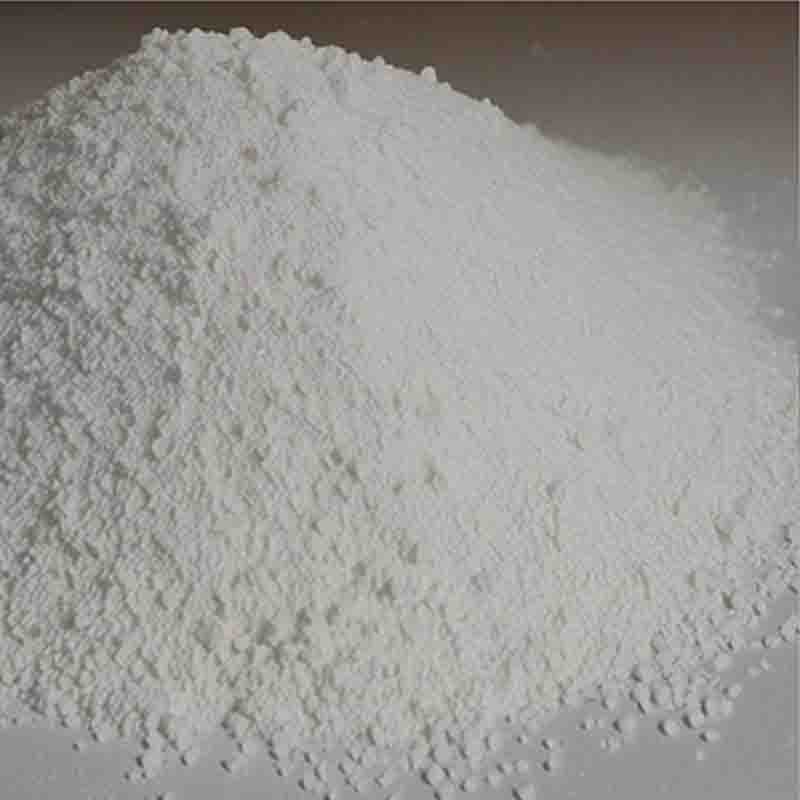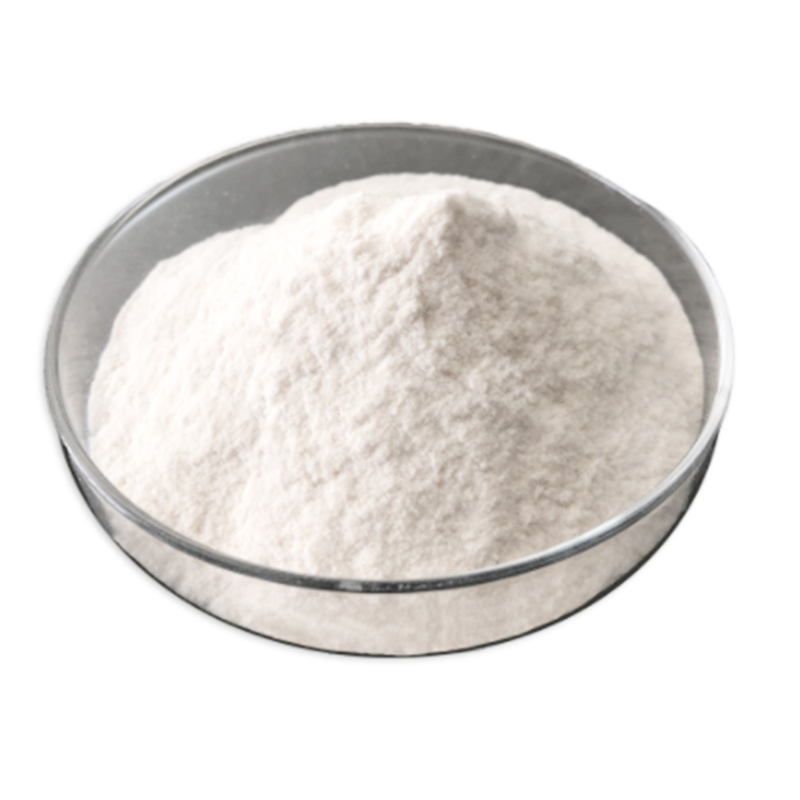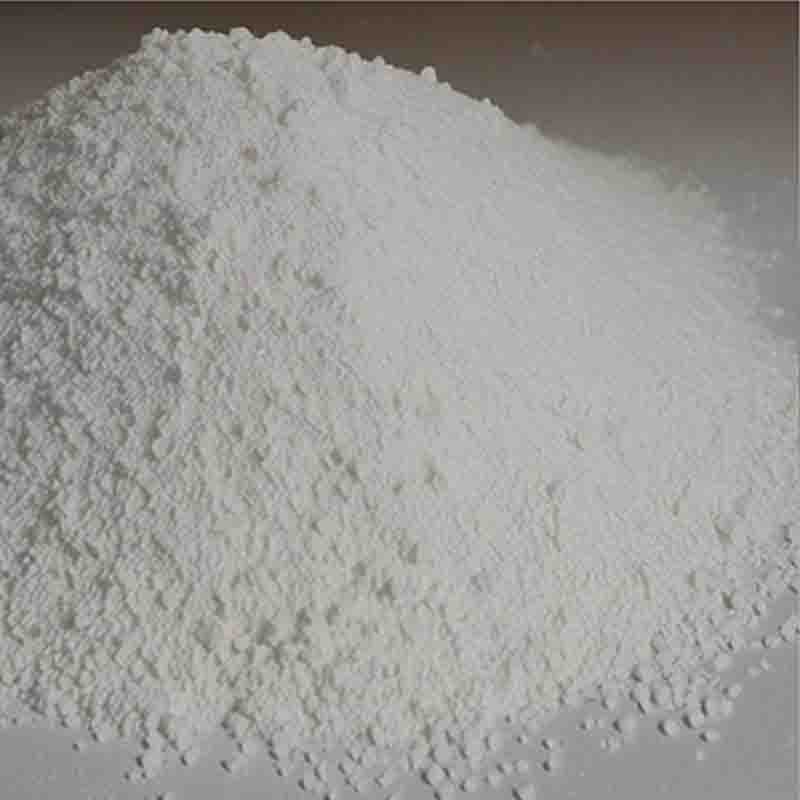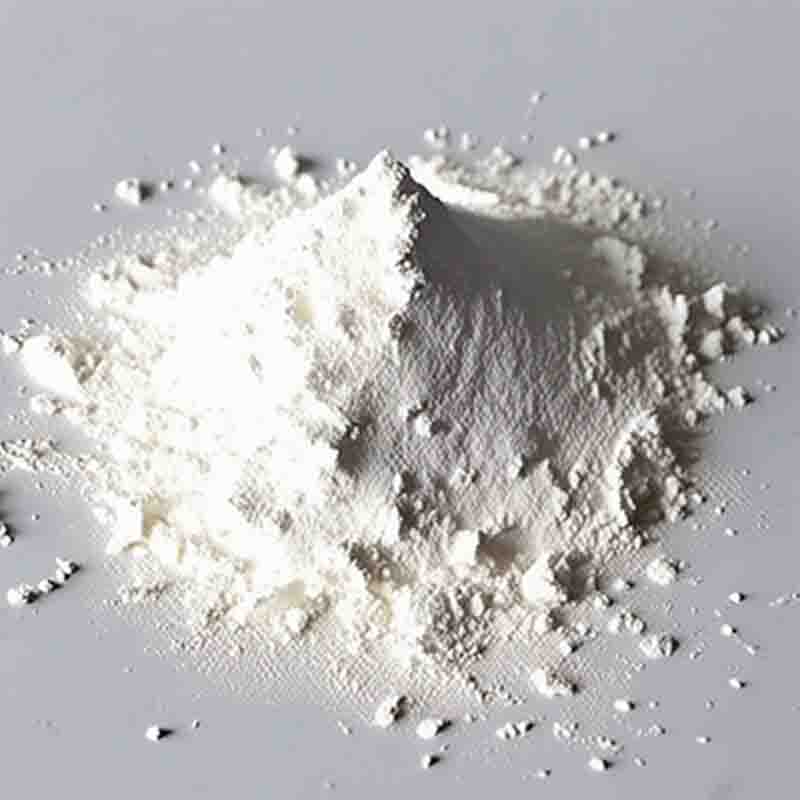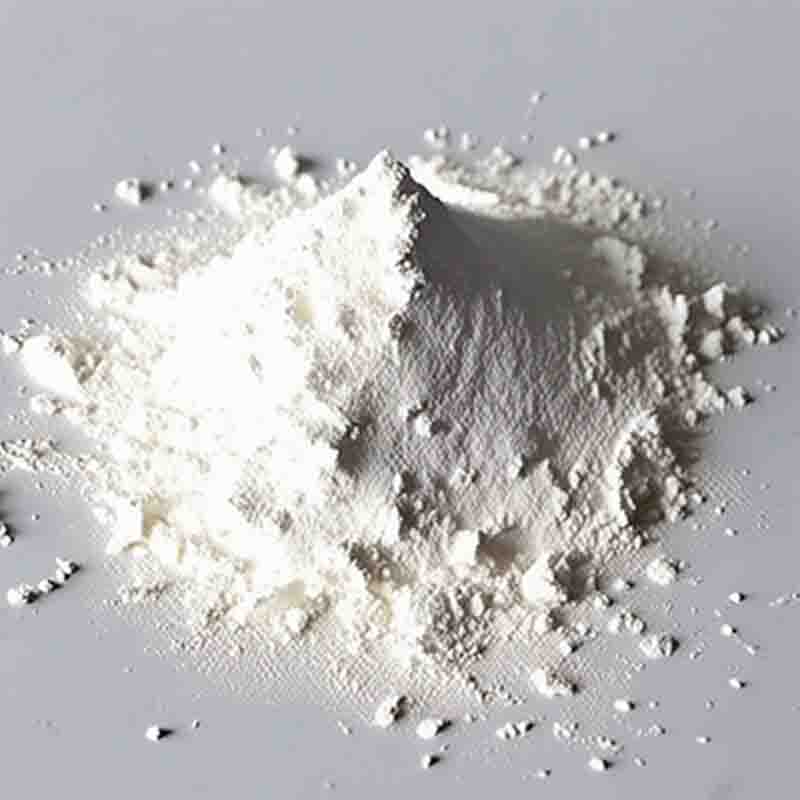Tris(dibenzylideneacetone)dipalladium CAS: 51364-51-3
| Catalog Number | XD94389 |
| Product Name | Tris(dibenzylideneacetone)dipalladium |
| CAS | 51364-51-3 |
| Molecular Formula | C51H42O3Pd2 |
| Molecular Weight | 915.71738 |
| Storage Details | Ambient |
Product Specification
| Appearance | White powder |
| Assay | 99% min |
Tris(dibenzylideneacetone)dipalladium, commonly known as Pd2(dba)3, is a complex compound of palladium that finds important applications in catalysis, particularly in organic synthesis. This organometallic compound consists of three molecules of dibenzylideneacetone (dba) ligands bonded to two palladium atoms.Pd2(dba)3 is widely used as a precatalyst in palladium-catalyzed cross-coupling reactions, such as the Suzuki-Miyaura and Heck reactions. These reactions involve the formation of carbon-carbon bonds and are essential in the synthesis of pharmaceuticals, agrochemicals, and other complex organic compounds.One of the primary advantages of using Pd2(dba)3 as a precatalyst is its reactivity. It readily undergoes oxidative addition reactions, which facilitate the activation of carbon-heteroatom and carbon-carbon bonds. This reactivity enables the formation of new bonds between organic and inorganic compounds and paves the way for the creation of complex structures.Moreover, Pd2(dba)3 is known for its stability under mild reaction conditions, making it a preferred choice in many catalytic transformations. Its stability allows for precise control of the reaction parameters, resulting in higher yields and fewer byproducts. Additionally, Pd2(dba)3 exhibits high selectivity, enabling the synthesis of complex molecules with specific stereochemistry.Pd2(dba)3 can be easily activated by treatment with a base or ligands, such as phosphines or N-heterocyclic carbenes, to form active palladium species. These activated complexes undergo transmetallation and reductive elimination steps, leading to the desired cross-coupling reactions.The use of Pd2(dba)3 in catalysis offers various advantages over other palladium catalysts. Its distinct structure and reactivity allow for efficient and selective transformations, even in the presence of sensitive functional groups. Furthermore, Pd2(dba)3 can be readily synthesized from commercially available starting materials, making it easily accessible for both academic and industrial applications.However, it is worth noting that Pd2(dba)3 can exhibit limitations in certain reactions due to its relatively low solubility in common organic solvents. In such cases, alternative palladium catalysts or modification of reaction conditions may be required.In summary, Tris(dibenzylideneacetone)dipalladium (Pd2(dba)3) is a valuable and widely used palladium complex in catalytic cross-coupling reactions. Its reactivity, stability, and selectivity make it an indispensable tool for the synthesis of complex organic compounds in various fields, including pharmaceuticals, materials science, and agrochemicals.




